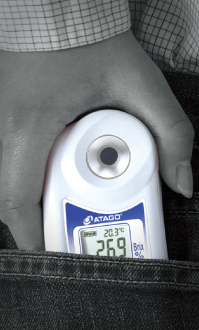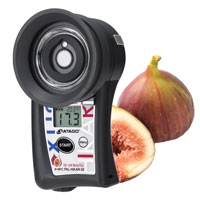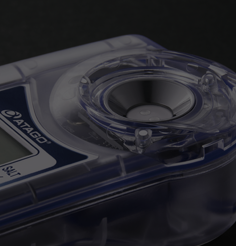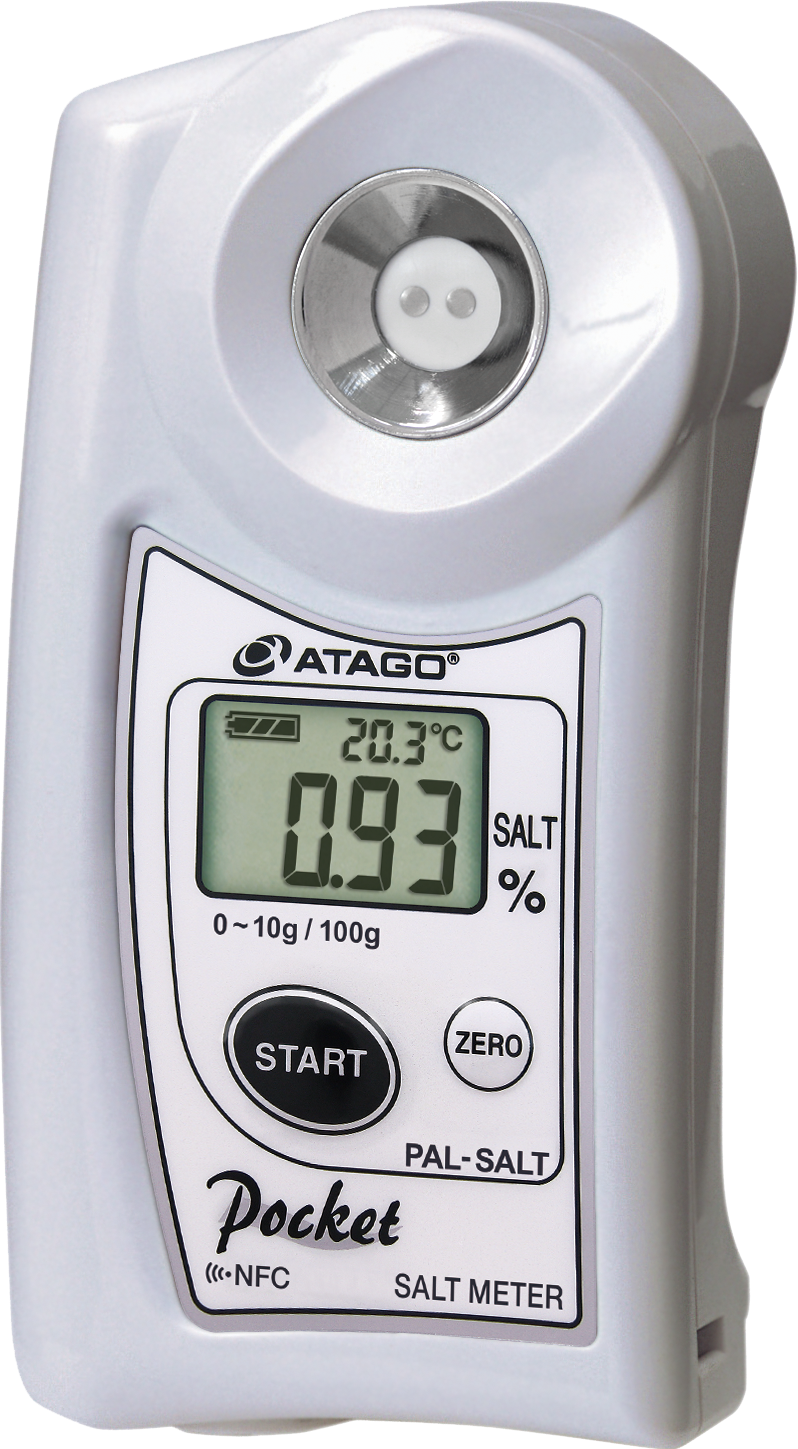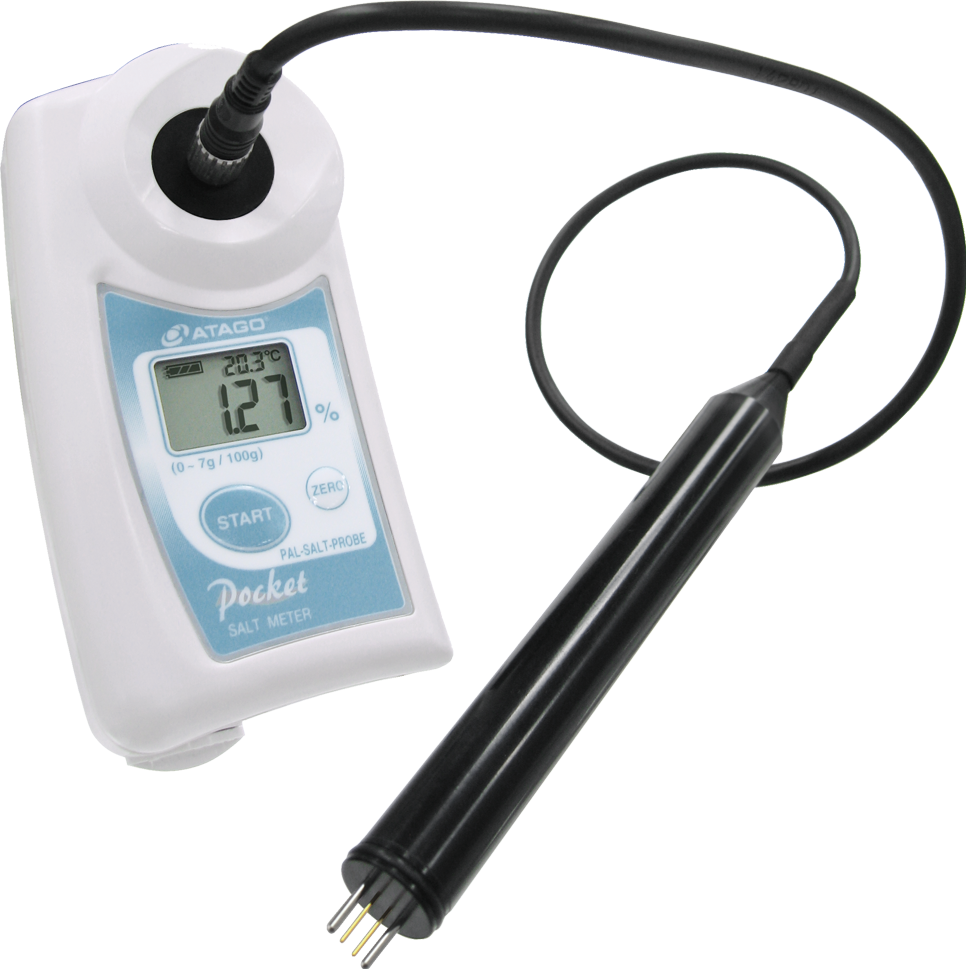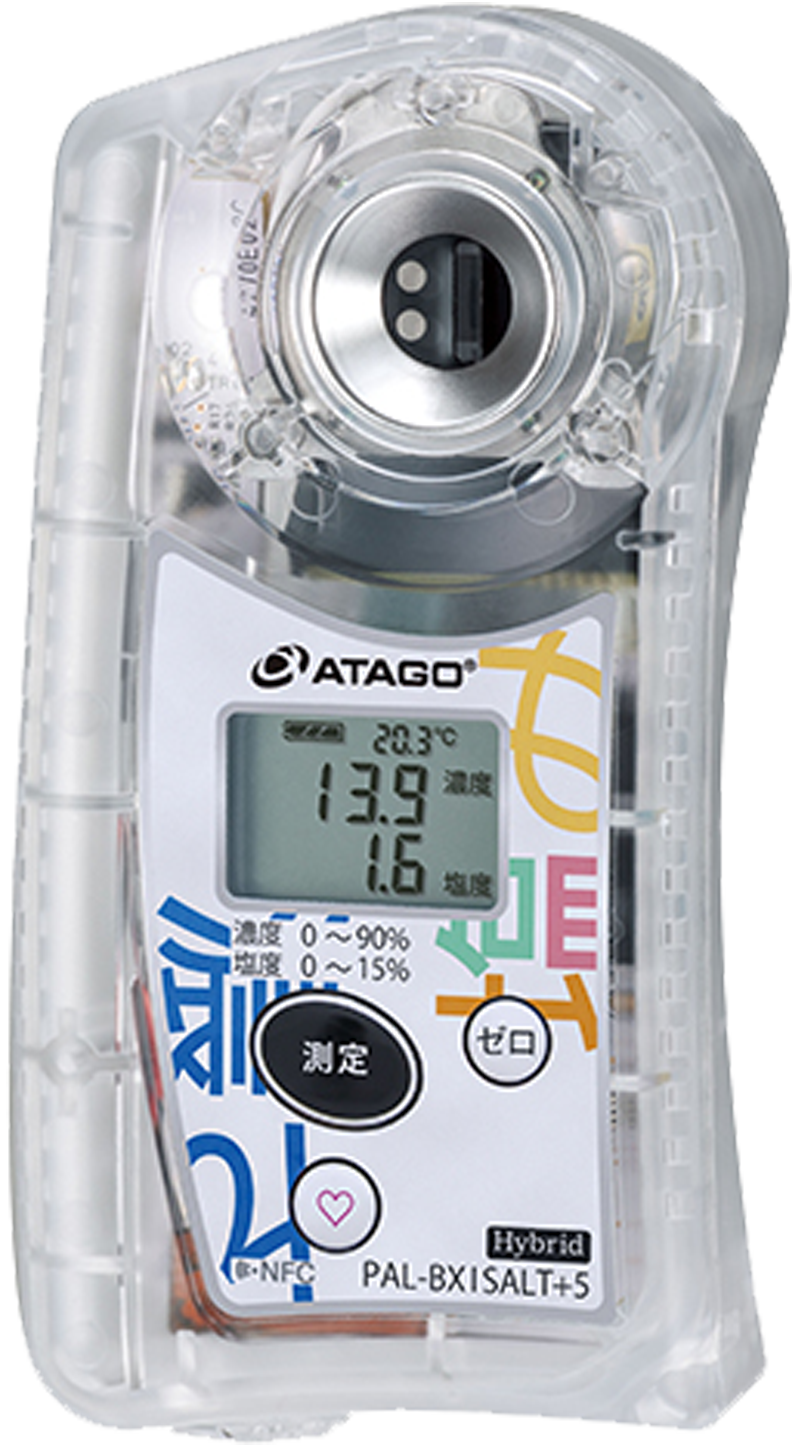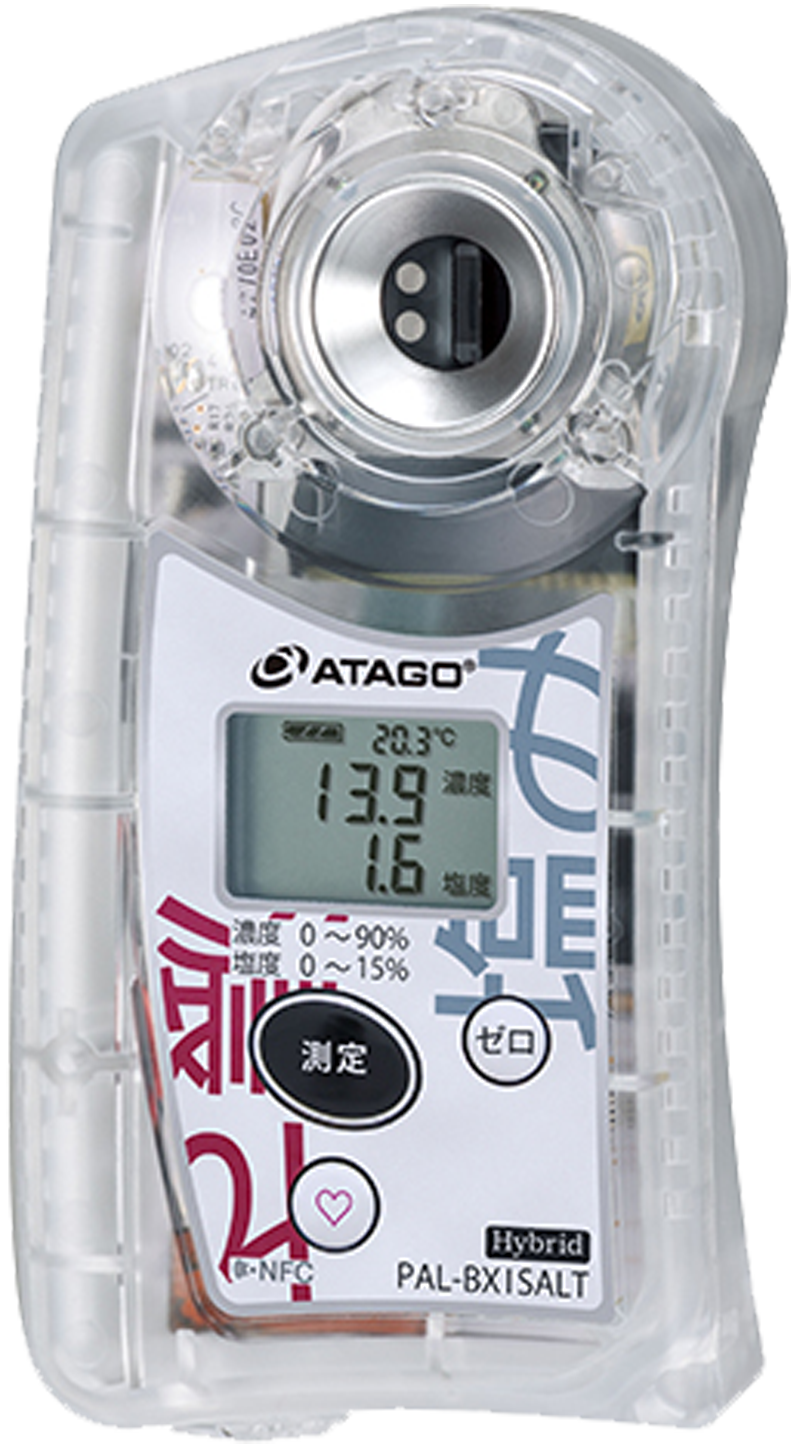Rice
Rice,Onigiri,Takikomi Gohan,&Fried Rice
“The addition or reduction of salt,” is the main factor that determines flavor.
Particularly in simple dishes, adjusting the amount of salt changes the deliciousness of the dish.

【Onigiri: A Familiar Food to the Japanese People】
These days, onigiri is a staple in convenience stores and supermarkets for meals-on-the-go. They have become beloved as an extremely convenient meal because they can be made in advance, have an excellent shelf-life, and can be eaten with your hands. As with other foods, the correct seasoning is the main factor in determining the flavor of onigiri.
Why bother measuring the salt concentration in onigiri? The optimal level of salt in onigiri ensures a delicious taste. If the rice for onigiri is cooked in salted water, you can measure the water directly to find the approximate salt concentration. Some customers even measure the onigiri directly (with the PAL-SALT PROBE) to ensure they remembered to add salt during the cooking process.
We recommend the PAL-SALT PROBE for measuring the salted water or directly pressing the probe onto the onigiri.
【Takikomi Gohan : A Dish Intermingled with the Essence of the Seasons]】
Kamameshi (a type of Japanese pilaf cooked with various types of meat, seafood, and vegetables, and flavored with soy sauce, sake, or mirin), Kuri Gohan (chestnut rice), Matsutake Gohan (Matsutake mushroom rice), Taimeshi (rice cooked with sea bream)—there are various kinds of Takikomi Gohan. The Japanese people put great importance on “the essence of the seasons.” Takikomi Gohan, made with seasonal ingredients used at their peak, is a dish that truly captures the nuance of a season with its appearance, fragrance, and taste. There is a tendency to inadvertently eat a lot of these types of dishes.
In contrast to plain white rice, Takikomi Gohan’s seasonings and salt have percolated throughout the entire dish. Unfortunately if you eat a considerable amount, you are consuming a larger amount of salt. This is why adjusting the salt concentration in food is important—it ensures a dish is properly seasoned and not lacking in flavor while preventing the over-consumption of salt.
We recommend the PAL-SALT for measuring the salt concentration of the liquid seasoning used for Takikomi Gohan.
Have you ever found that a stock-based dish tasted much too salty after it cooled down? This is due to the amount of salt in the stock and liquid seasoning being adjusted under the assumption that the final dish will be eaten while it’s hot. As the temperature cools, the flavor becomes stronger and easier to detect. If you use the PAL-SALT , regardless of the temperature at which you measure, the built-in Automatic Temperature Compensation (ATC) function will display a value that you would get at 20ºC. You do not have to rely on taste testing because temperature will affect how you experience the flavor.
【Is it possible to measure the salt concentration of fried rice?】
A Chinese restaurant owner had this request: “I want to measure the salt concentration of fried rice.” In this circumstance, each grain of rice is independent of each other, so rather than directly pressing a probe onto the sample, diluting with water and measuring with the PAL-SALT is the best procedure. In this case, add 90g of water to 10g of fried rice and stir well. Once the salt begins to seep out (approximately 15 minutes), measure the liquid part of the solution. Since the sample is diluted by 10, multiplying the value that is displayed by 10 will result in the salt concentration of the original fried rice.
We recommend the PAL-SALT for measuring the salt content of fried rice.

The Salt Content of Rice (Rough guide)
 ys
ys
